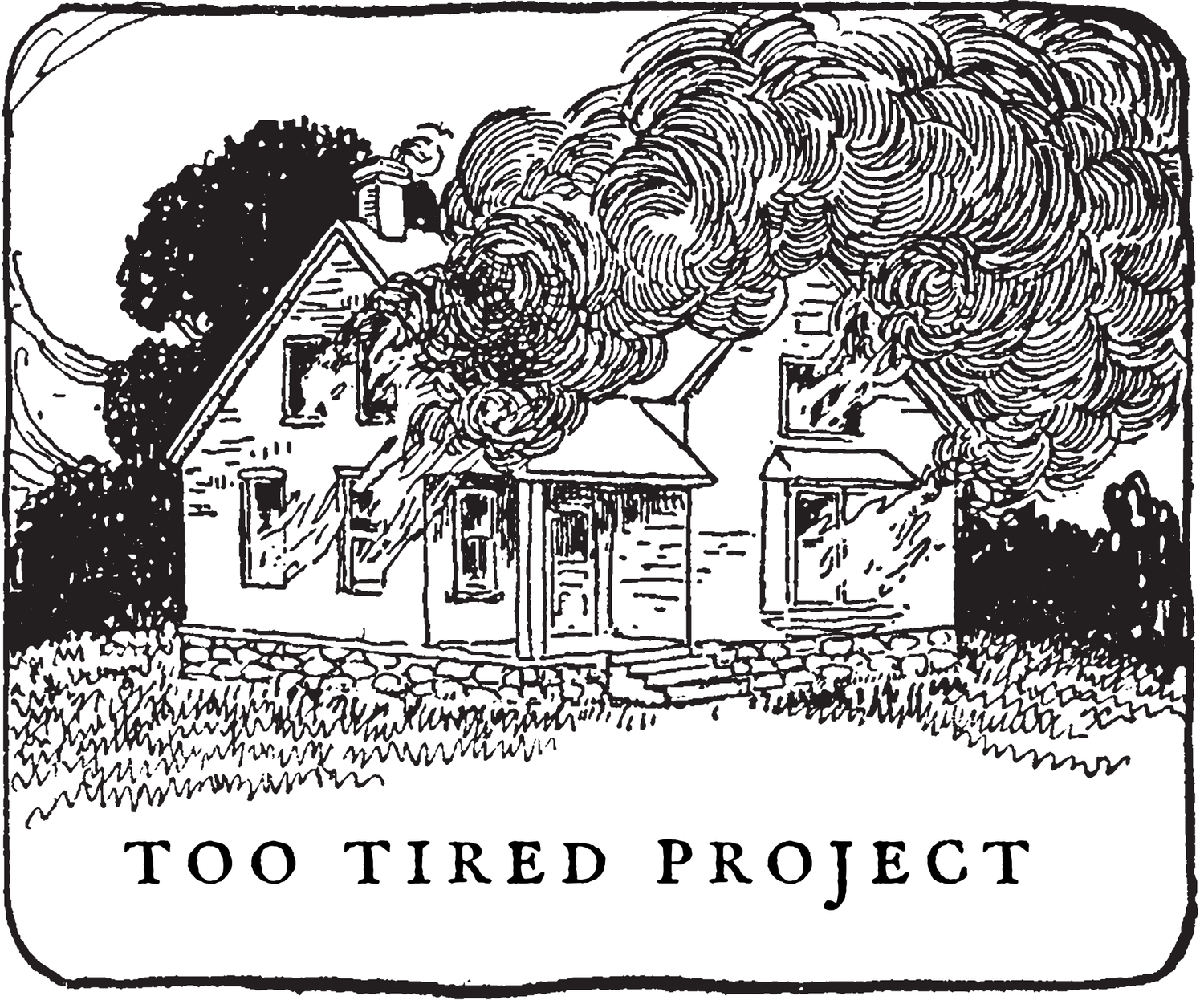Interview: Jaina Cipriano on her practice and Empty Spaces
Tell us about the project.
Empty Spaces was taken during a historic time, but it is not a record of COVID. It is of my history and how it began to leak through my bones as I sat alone for months.
I spent the first half of my life isolated from the world. There were a lot of similarities at the start of the pandemic to my childhood growing up in an evangelical cult and I felt myself falling backwards into fear. This body of work feels like a journal in reverse, pulling from painful memories so I could stay grounded throughout a turbulent year.
My immediate reaction to the start of isolation was dramatic. I use the world to connect to myself, I find myself mirrored in everything I love and do. Sitting alone day after day, I was beginning to lose my connection to the world and subsequently to myself.
I began to make myself into characters that felt safe experiencing the emotions that I did not admit to within myself. I went out into many suddenly silent spaces and performed for myself. These moments alone, covered in paint or grime, baking in the start of summer sun, I began to connect again.
What is your process like?
My process is very intuitive. Especially with this project.
I collected outfits, props, and makeup that made me excited. In our new Groundhogs Day world having something to be excited about was crucial to me.
Painting myself felt like a mask. My anxiety was heightened this past summer and smoothing the cool, colored paint onto my skin was immediately calming. Like I was able to hide from my fears, take a break from the world.
Once I felt sufficiently disguised I would start driving until I found a location that spoke to me. And then I would perform for the camera, pulling intense and explosive emotions out of my core until I was exhausted and able to smile again.
Does mental health or wellness factor into the creation of your work?
All the work I make, from self-portraits to portraits of others, set design, or films all wrestle with the emotional toll of romantic and religious entrapment. Making art about painful parts of myself is a tool I use to come to terms with how sometimes our hurt makes sure life is never the same. I can turn my darkness into light. I can share and connect with others through it. It is a tangible way to move forward.
How did you begin this project?
I saw a large mountain of mulch in the newly empty parking lot of an office building and I thought to myself “I want to climb that.” Everything felt so heavy, I just wanted to play. Becoming these characters broke the monotony of every day and gave me a reason to feel curious and explore.
Was the process of creating this project helpful for dealing with the emotion you’re describing in your images?
Absolutely. The creation of these images gave me a container to experience all my troubling emotions inside of.
How are you affected by the natural world that you see day-to-day?
I am used to working in a studio, controlling all the scenery and building whatever I need. This project pushed me outside my comfort zone and asked me to look around me - really look. I noticed the texture of buildings, the way light reflected off surfaces, the colors of leaves complimenting the color I painted my skin that day. I became a part of the world in a new way.
What is your relationship to photography?
I grew up with an unsure sense of self. The evangelical cult stripped me of my identity and reflected back to me parts of others, not parts of myself. For a long time, I was the unreliable narrator of my own life.
As a child, I would check all reflective surfaces to be sure I was still there. It was a compulsion. But even the mirror was not enough for me and there was a fear that at any moment I could disappear. I know now this was an underdeveloped sense of object permanence - the idea that if I turned away from some time it would stop existing.
But the camera was a way to always be looking. In a way, you could even be looking after you’d turned away - by freezing moments. That concept was calming to me. Life felt like a whirlwind, everything moved too fast for me. The idea that I could stop something to study it for as long as I wanted made me feel safe.
Once I picked up a camera it was through the lens I was able to find my place in the world.
Has the pandemic shifted the way you approach your work and/or photography at all?
When everything was stripped down to essentials last spring it became clear that this is what I want - to live the art life, as David Lynch puts it. To be immersed so deeply in the world of collaboration and creation that I am constantly discovering something new.
Thank you so much to Jaina Cipriano for taking the time to speak with Too Tired Project. You can explore more of her work on her website.




